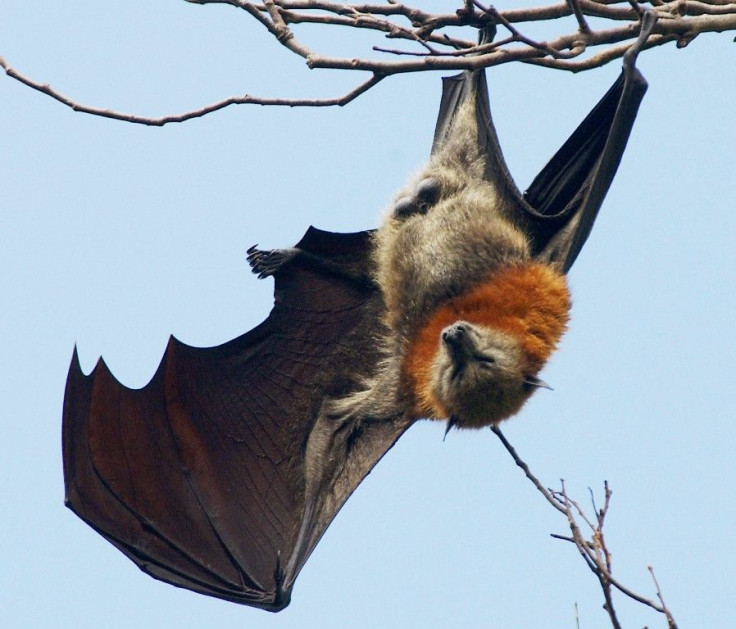New Study Reveals That Bats Use Left And Right Brain Hemispheres Just Like Humans

A new study published in the Frontiers of Neuroscience shows that bats use both sides of their brains, just like humans. Scientists from American University and Georgetown University Medical Centre have studied moustached bats and found that these creatures use the left and right side of their brains when processing sounds.
According to the scientists, studying bat brains should provide an opportunity to understand speech problems in humans as well as improve computer speech recognition. No other animal, not even humans’ closest ancestor--the apes or monkeys--has been studied and proven to have used both brain hemispheres to process sounds.
“These findings upset the notion that only humans use different sides of their brains to distinguish different aspects of sound,” said lead author and Georgetown neuroscientist, Stuart Washington, PhD.
The left brain processes fast sounds better compared with the right one, while the right brain is in charge of processing slow sounds that allows humans to identify who is speaking and recognise tone of voice. On the other hand, bats use the left hemisphere since communicating for them comes with rapid changing of frequency.
For this reason, Washington said that it is reasonable to understand why evolution in humans’ asymmetric sound processing is needed. On the other hand, moustached bats need this asymmetry even more for efficient communication.
Bats tend to use the right hemisphere for echolocation, which usually depends on small frequency changes to allow them to “track the velocity of the fast-moving insects they fly after and eat,” said Washington as reported by Science Daily.
He also said that the bats’ asymmetrical sound processing will also depend on the creature’s gender, with males more asymmetrical than females. This finding is also the same with humans. For language, women usually use both brain hemispheres while men mostly use the left side.
Asymmetric sound processing has been made as basis for specialisation of left brain hemispheres needed for language, and this assumption is found common among men than women. The study on bats should encourage further research to prove that assumption, said Washington.
To report problems or leave feedback on this article, email: wendylemeric@gmail.com.





















